In the realm of avian wonders, few creatures captivate the imagination quite like the fiery-throated hummingbird. With its vibrant plumage and remarkable aerial acrobatics, this tiny bird has become an emblem of natural beauty and resilience. In this article, we delve into the enchanting world of the fiery-throated hummingbird, exploring its unique characteristics, habitat, and the awe it inspires in both bird enthusiasts and casual observers.
Fiery-Throated Hummingbird images
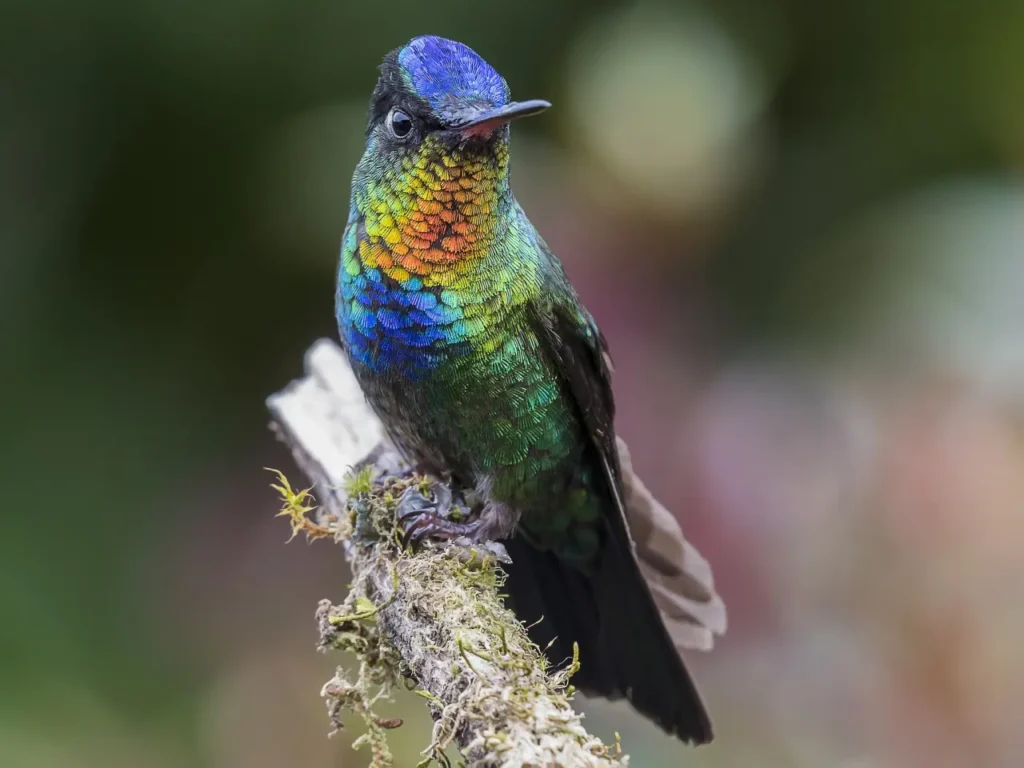
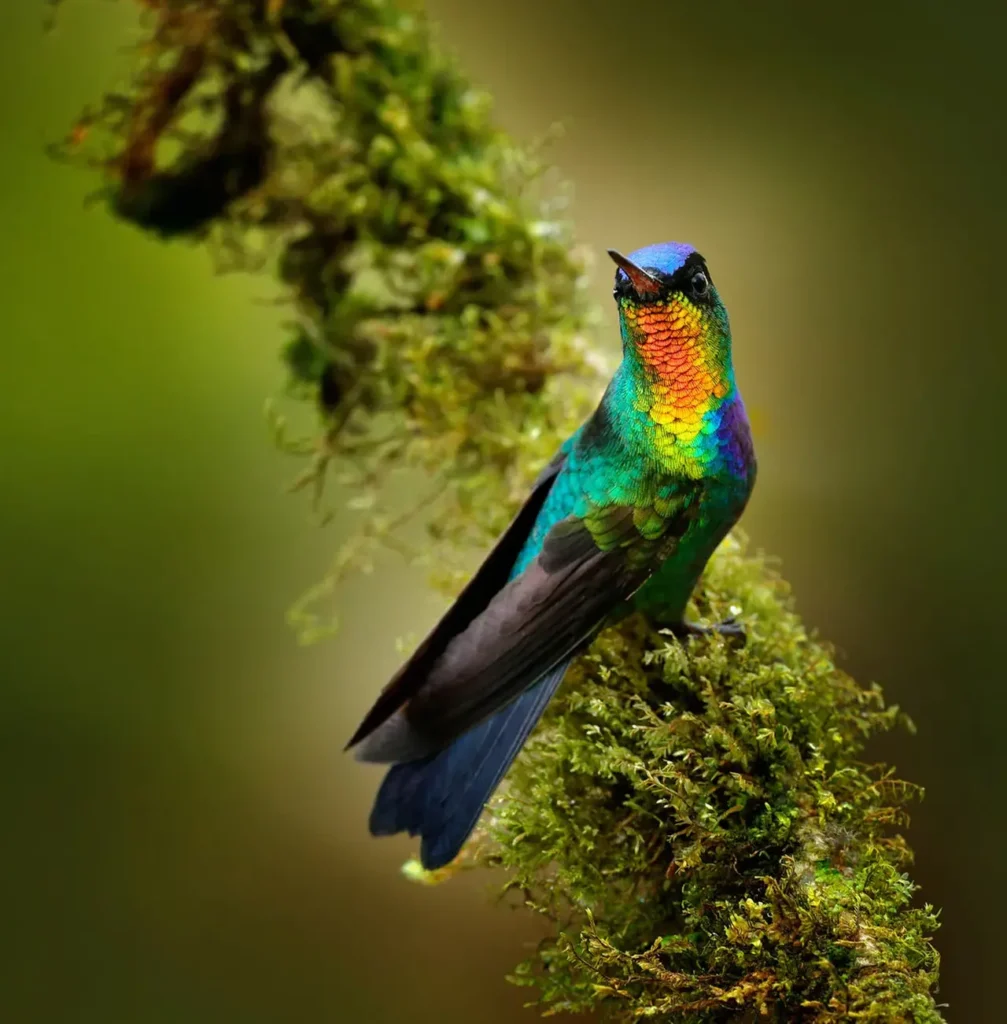

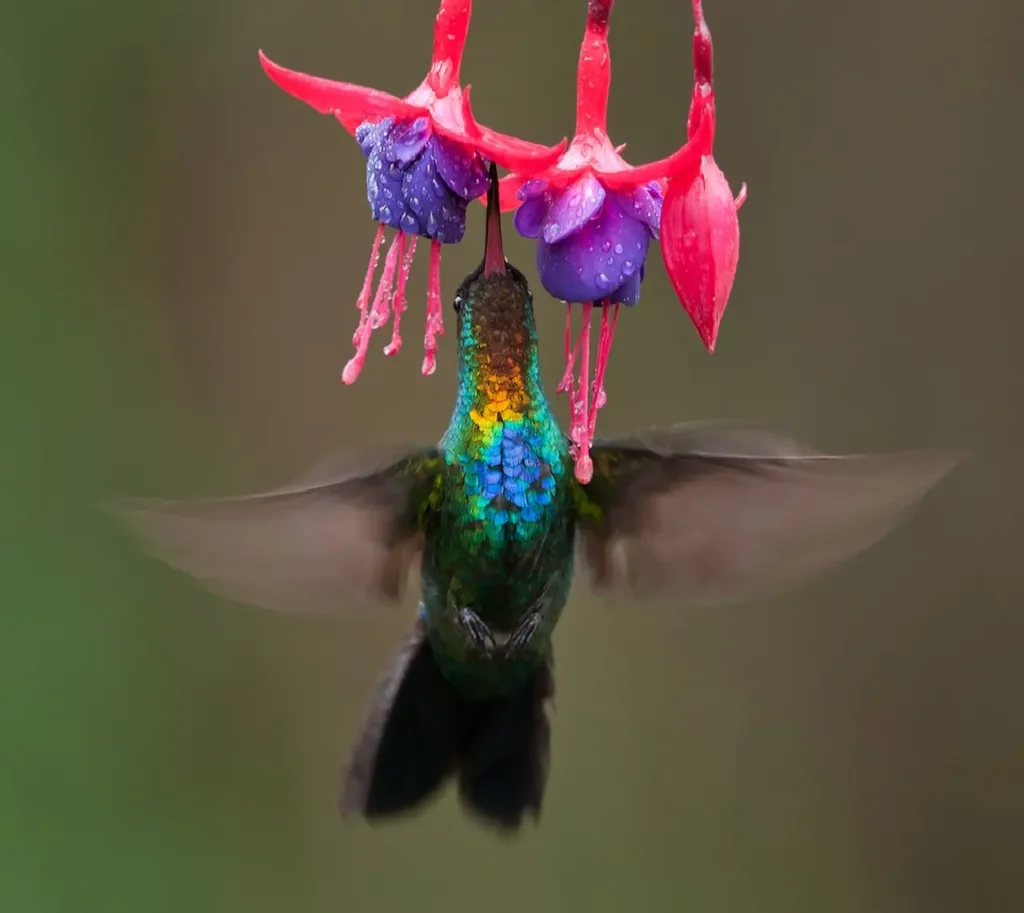
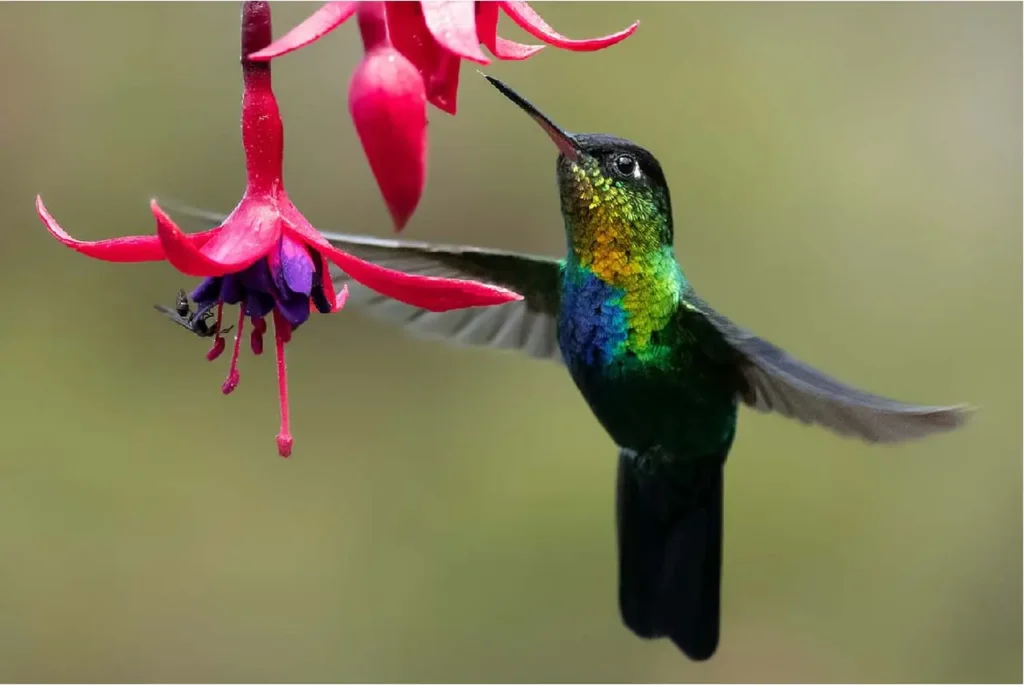
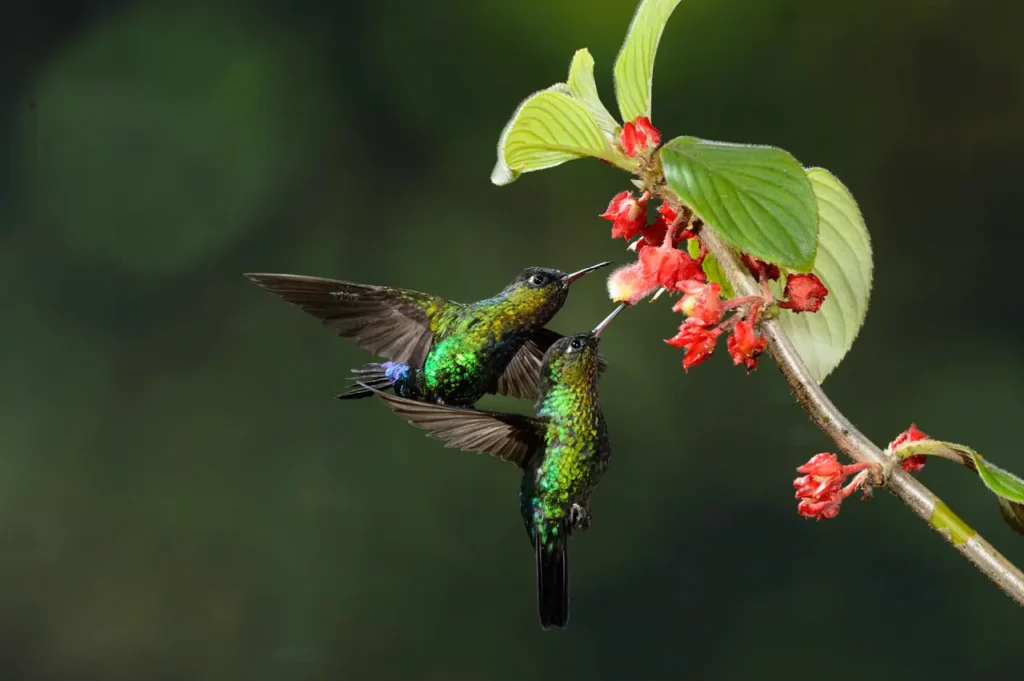
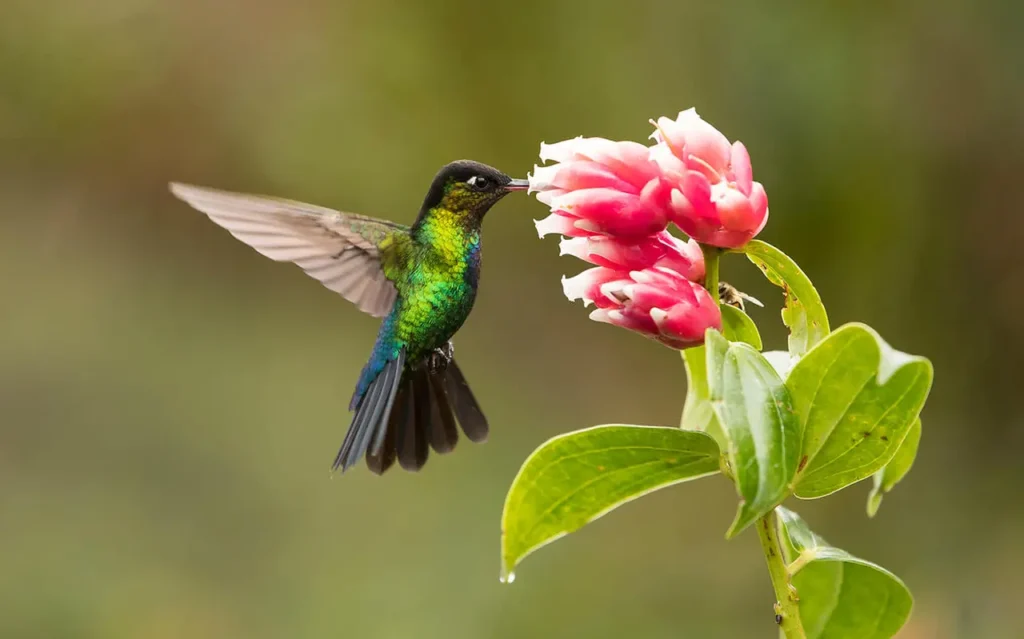
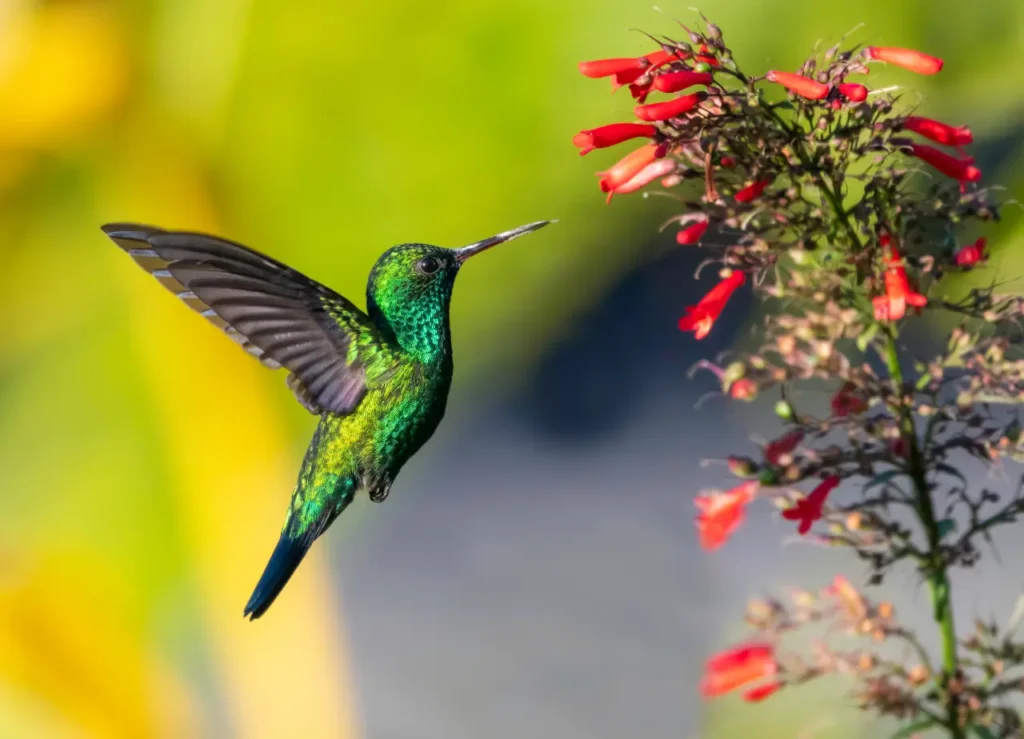
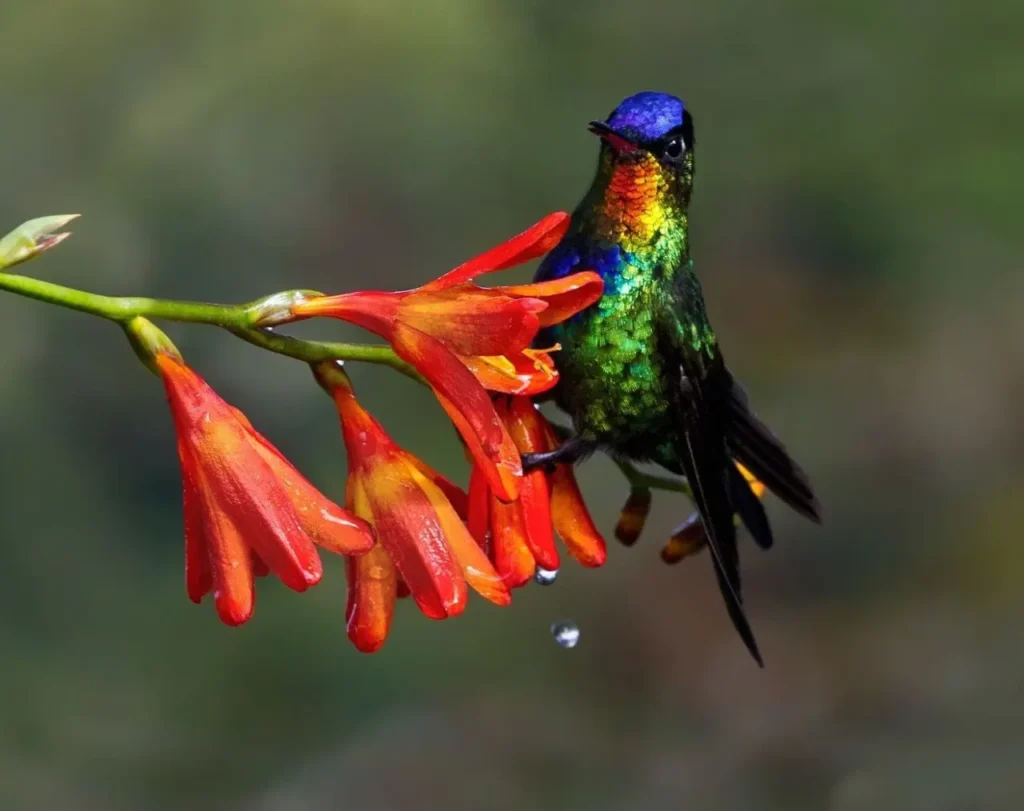
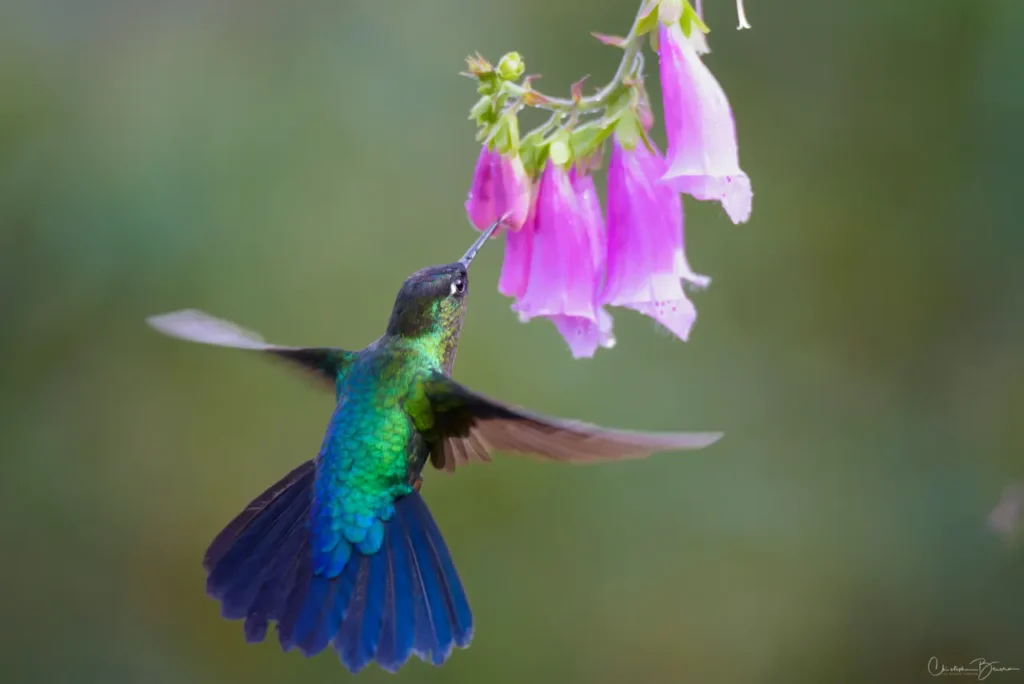
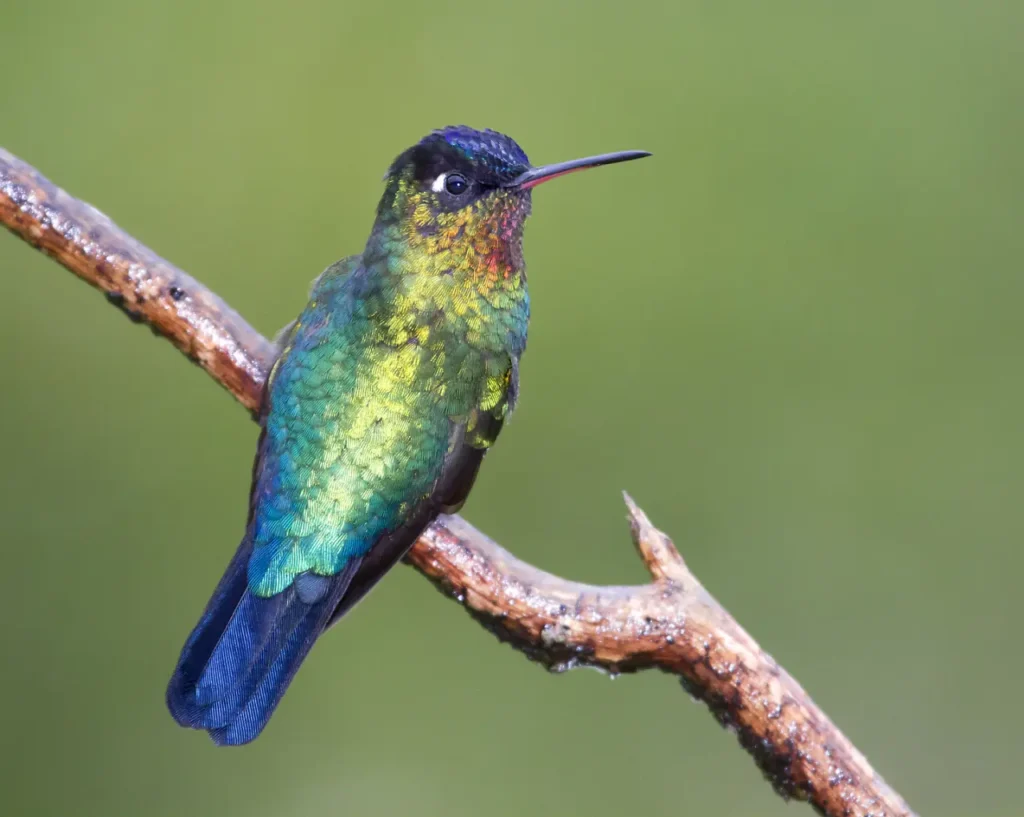
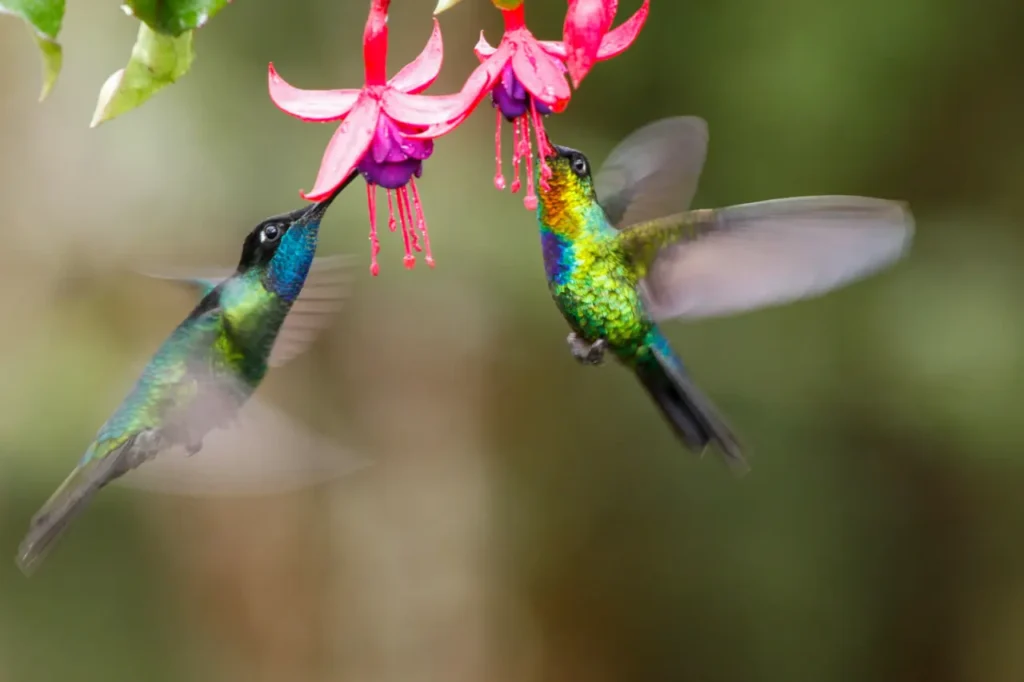
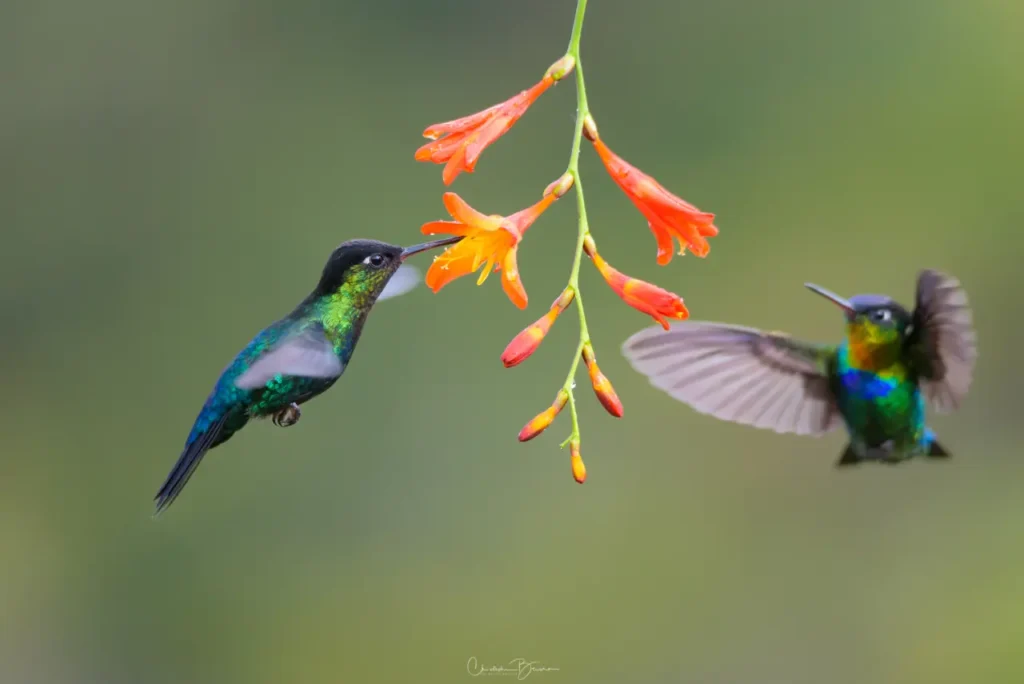
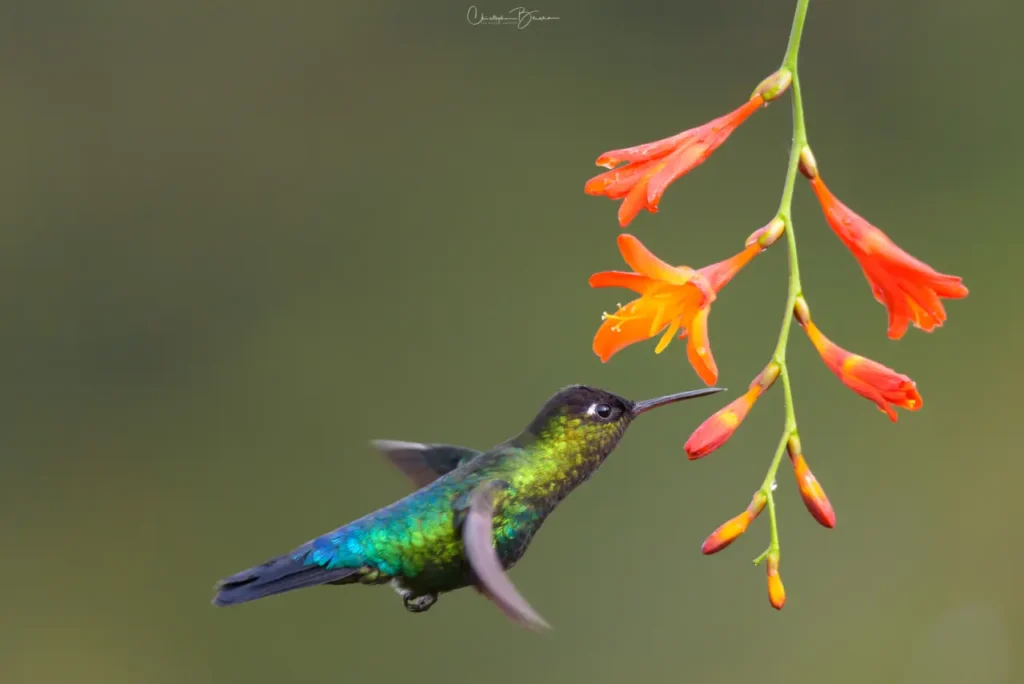
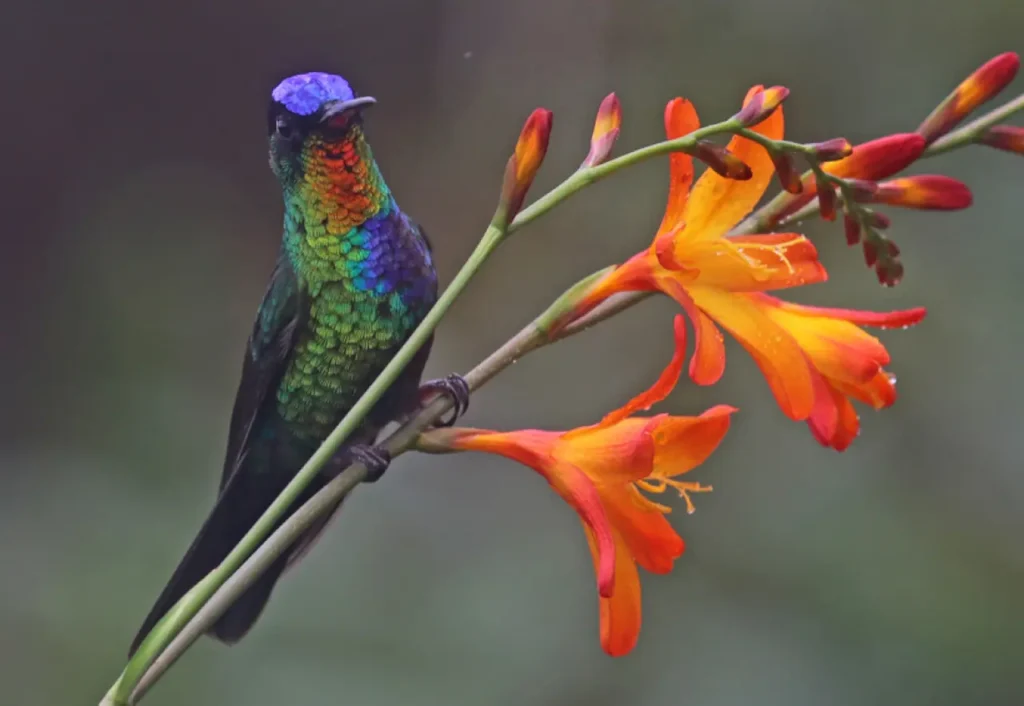
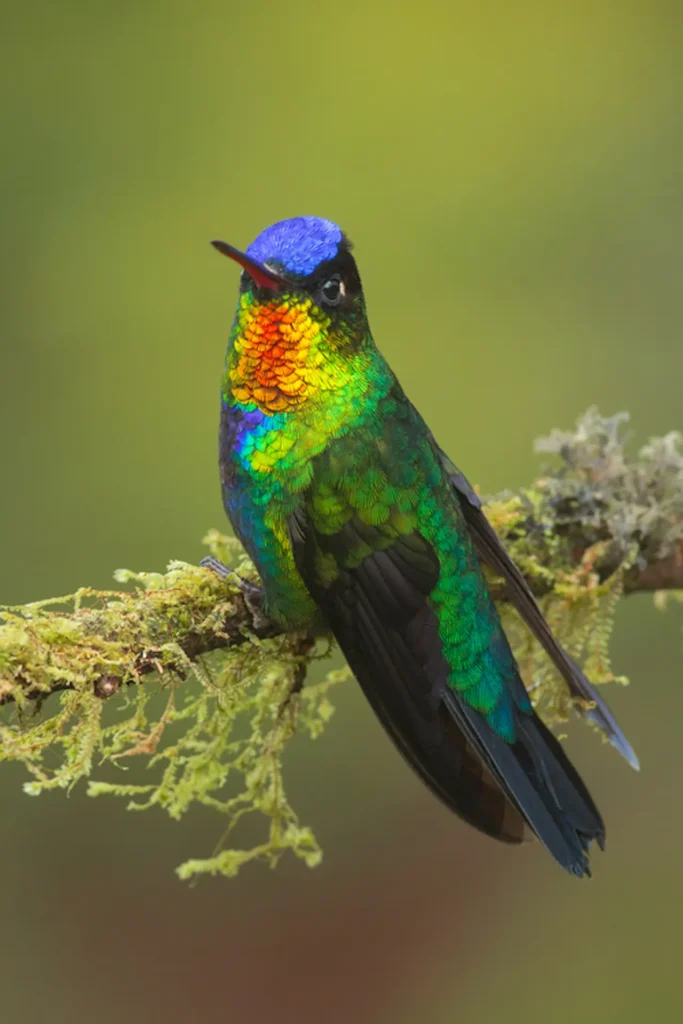

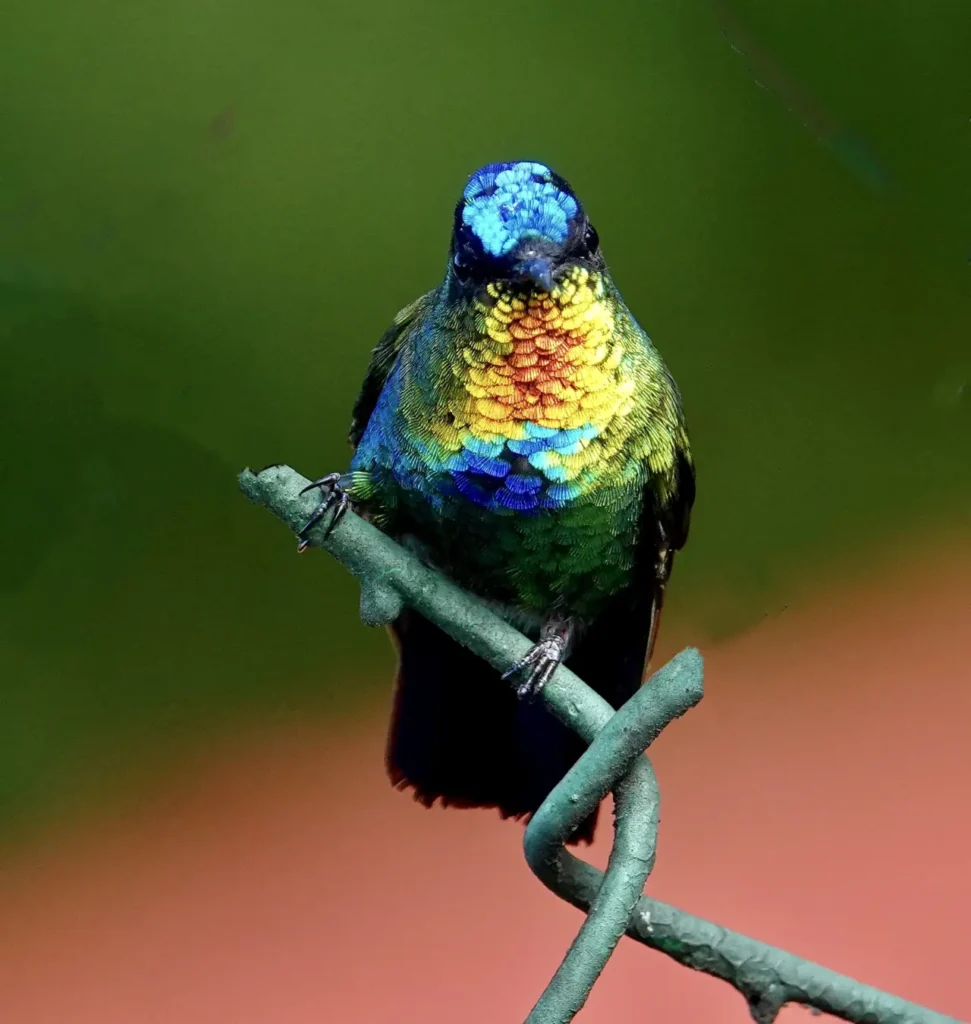
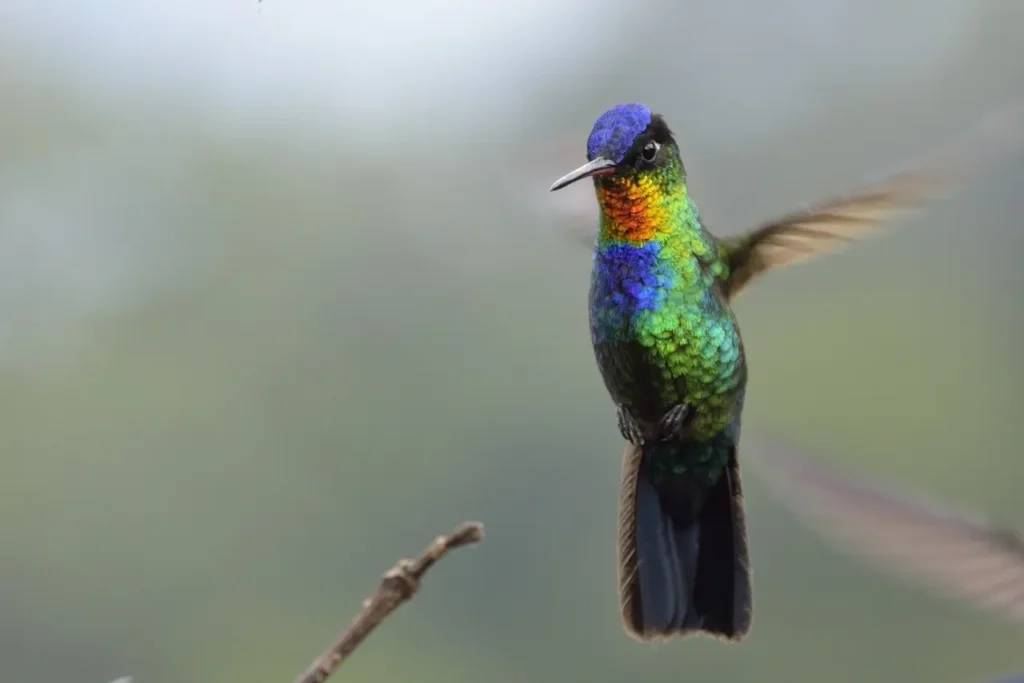
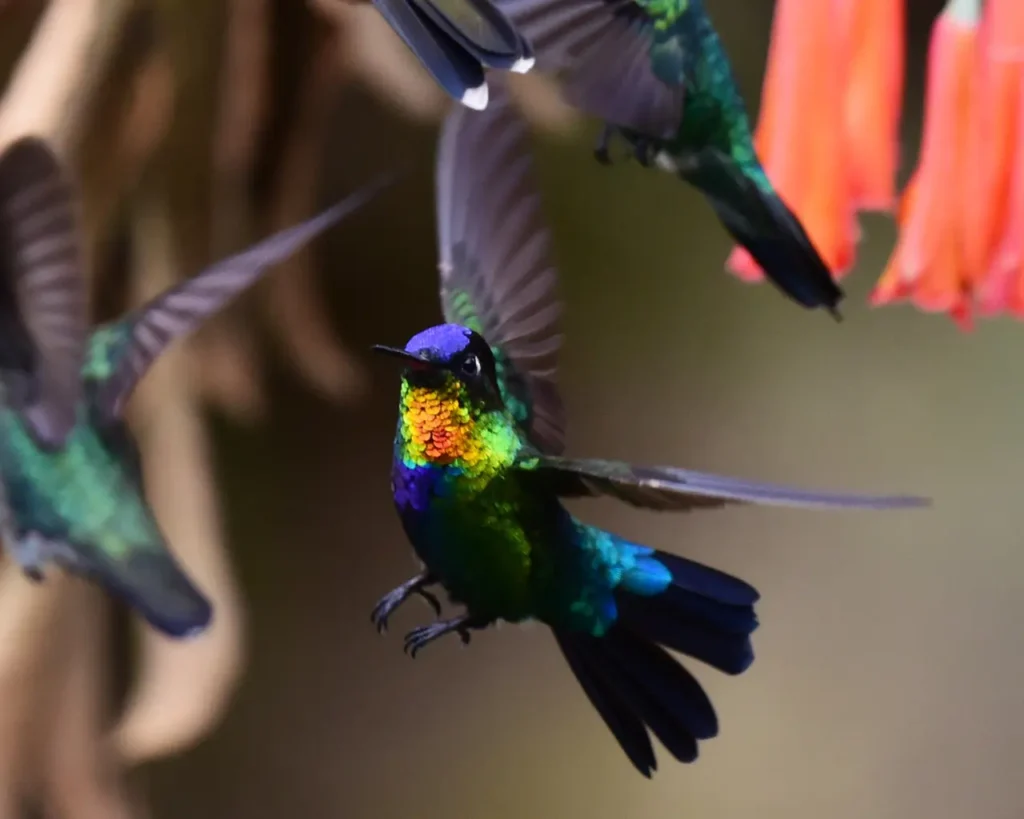
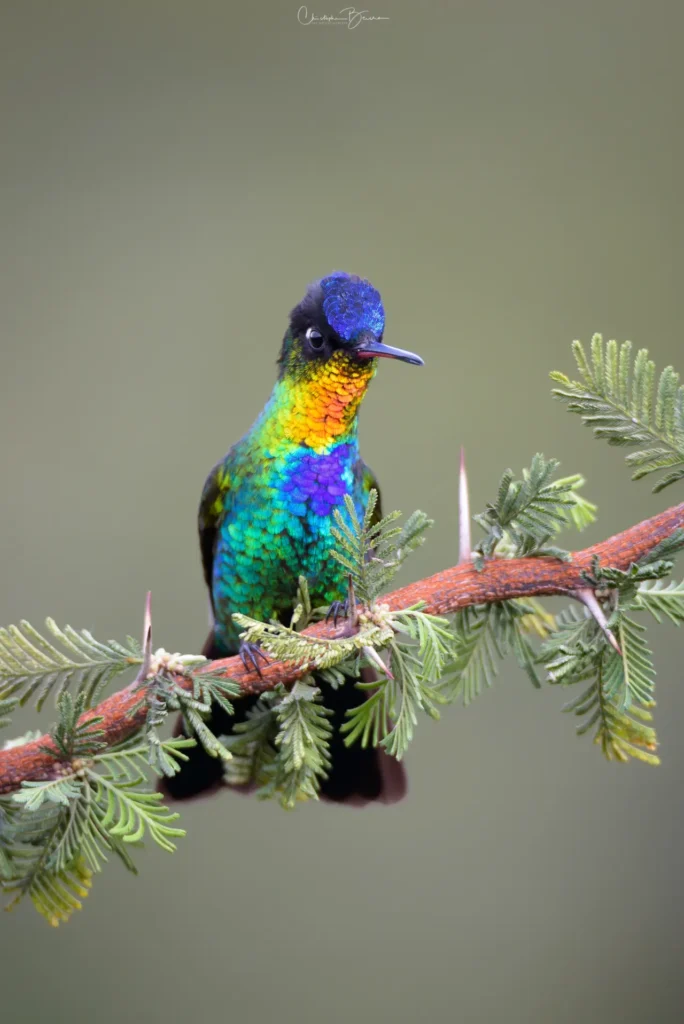
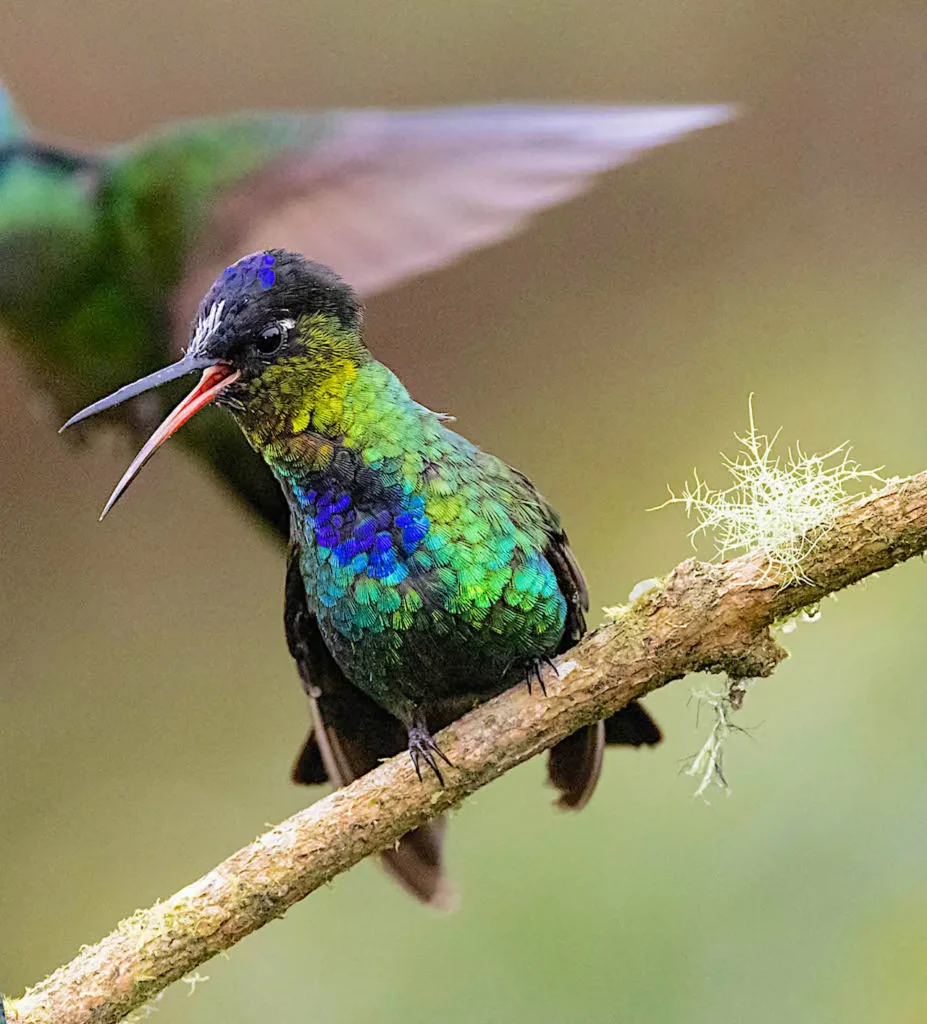
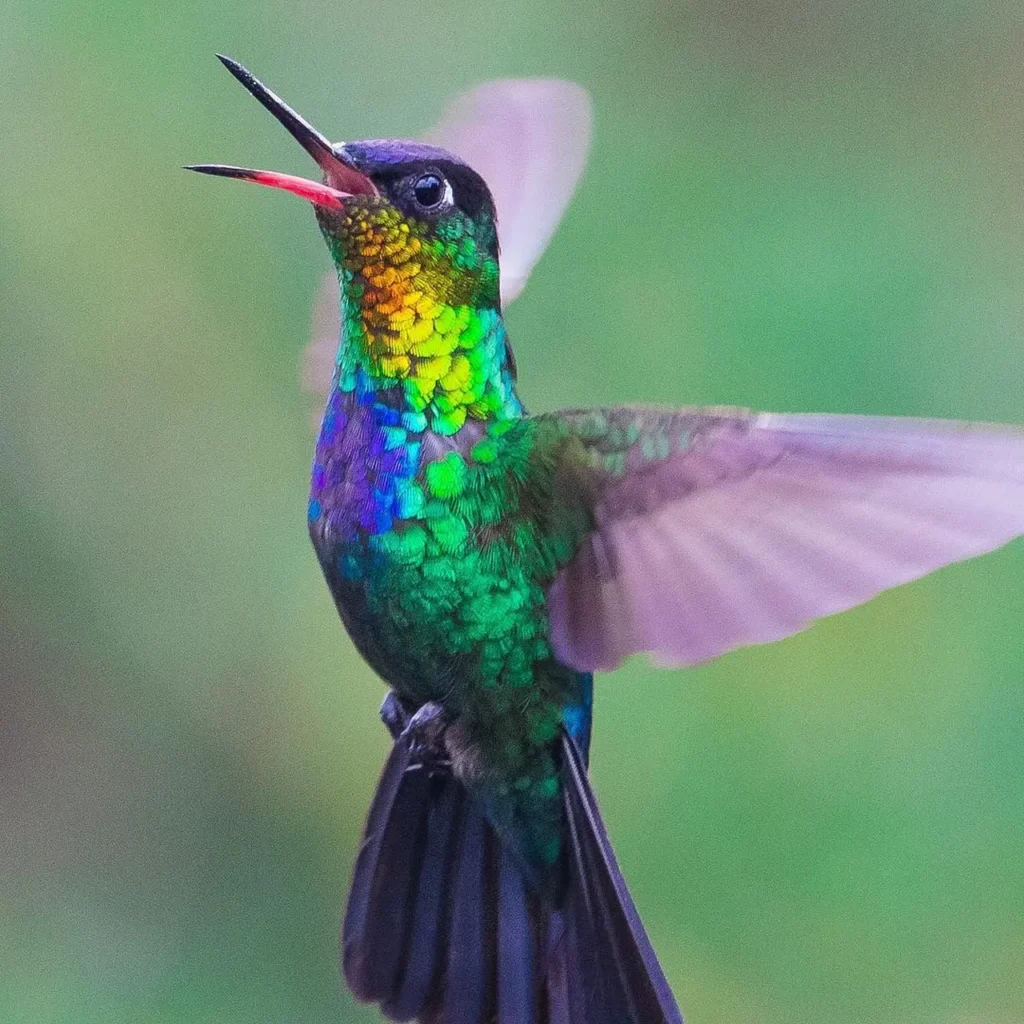
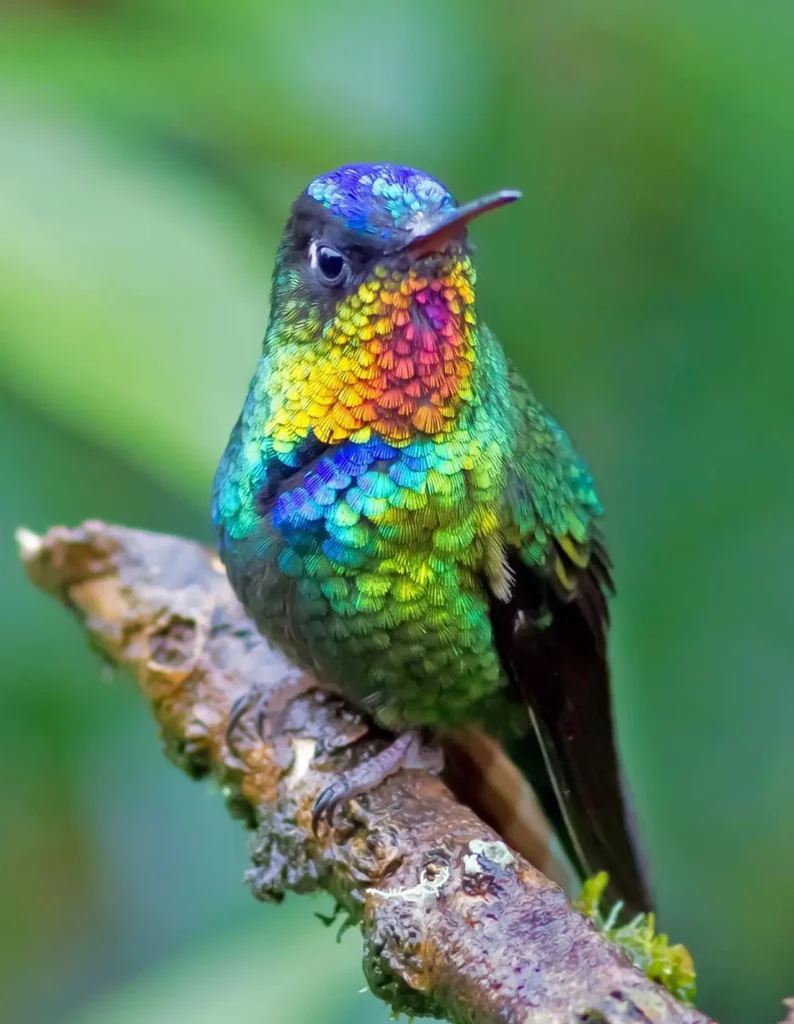
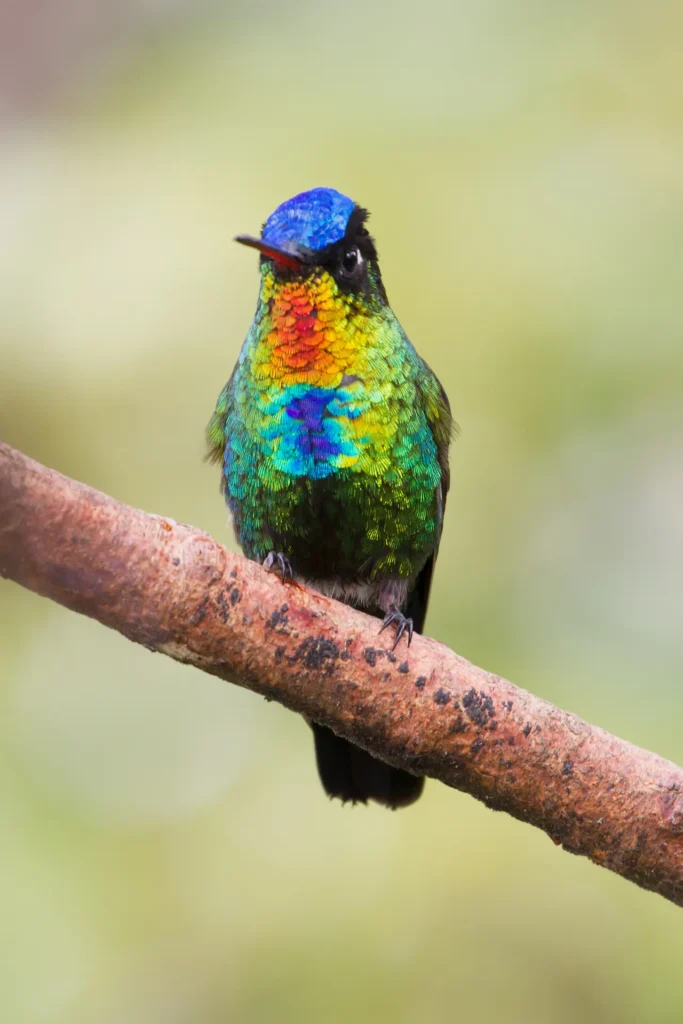
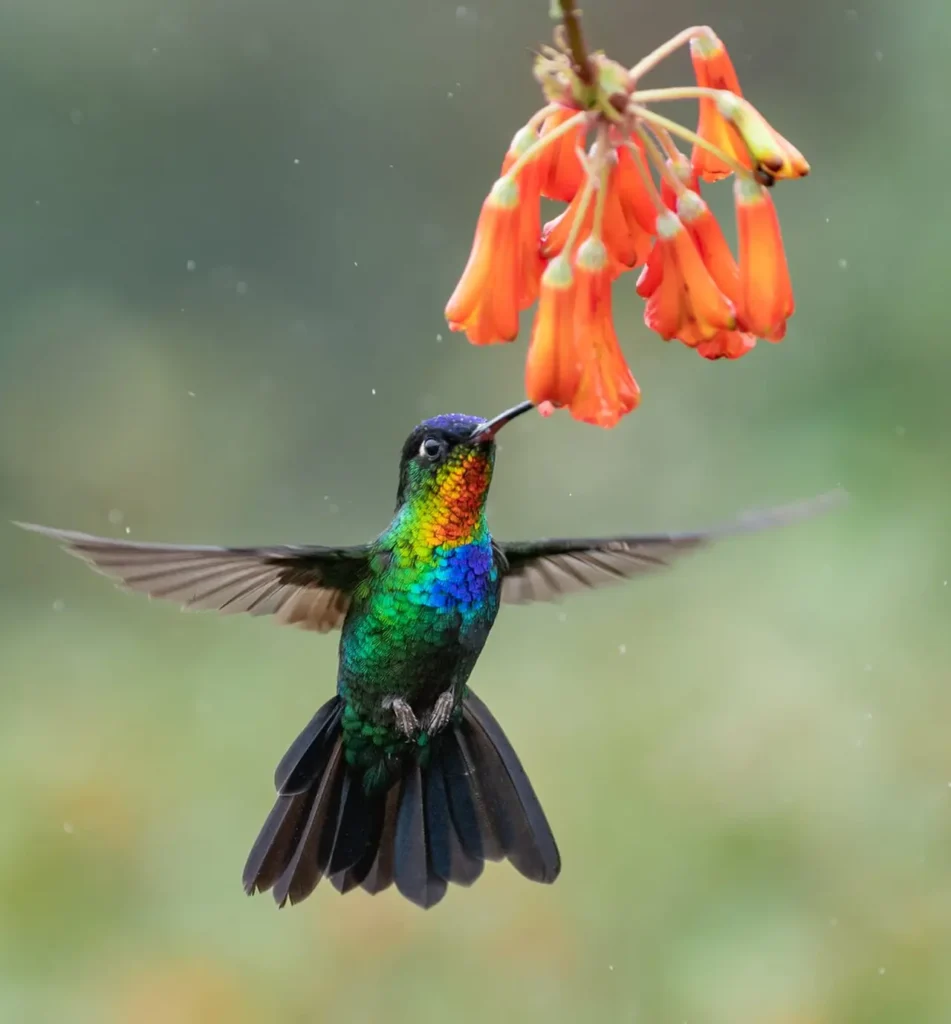
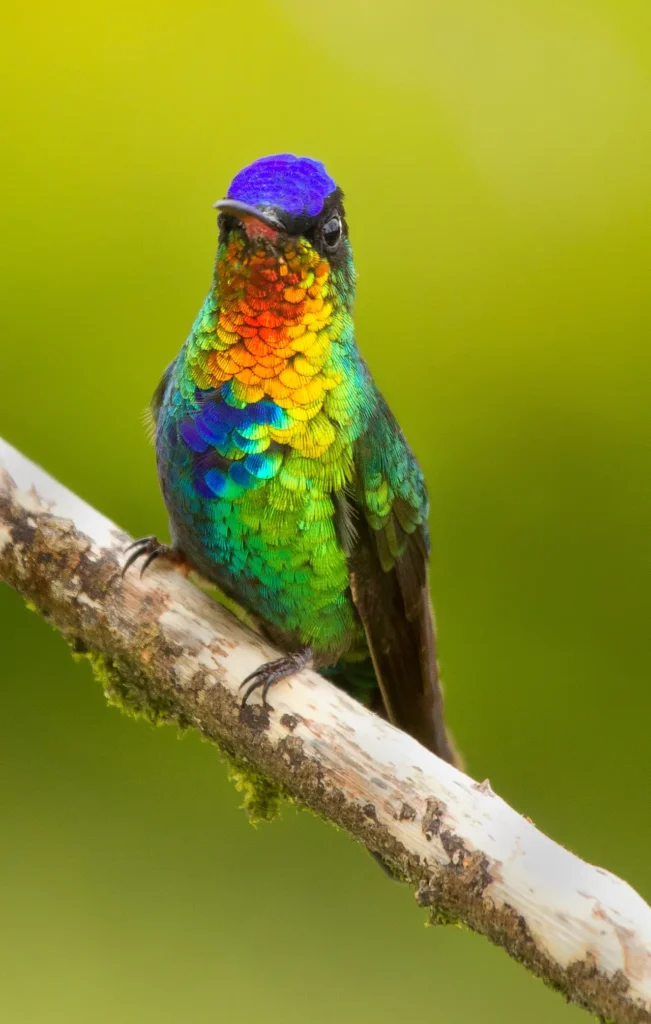
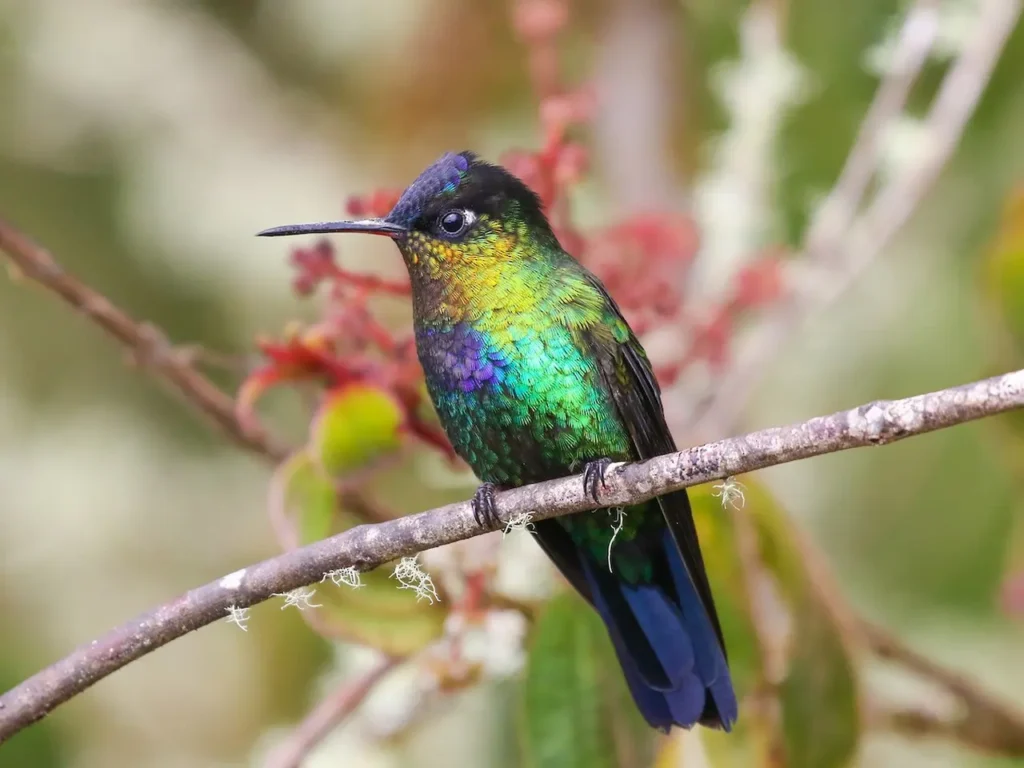
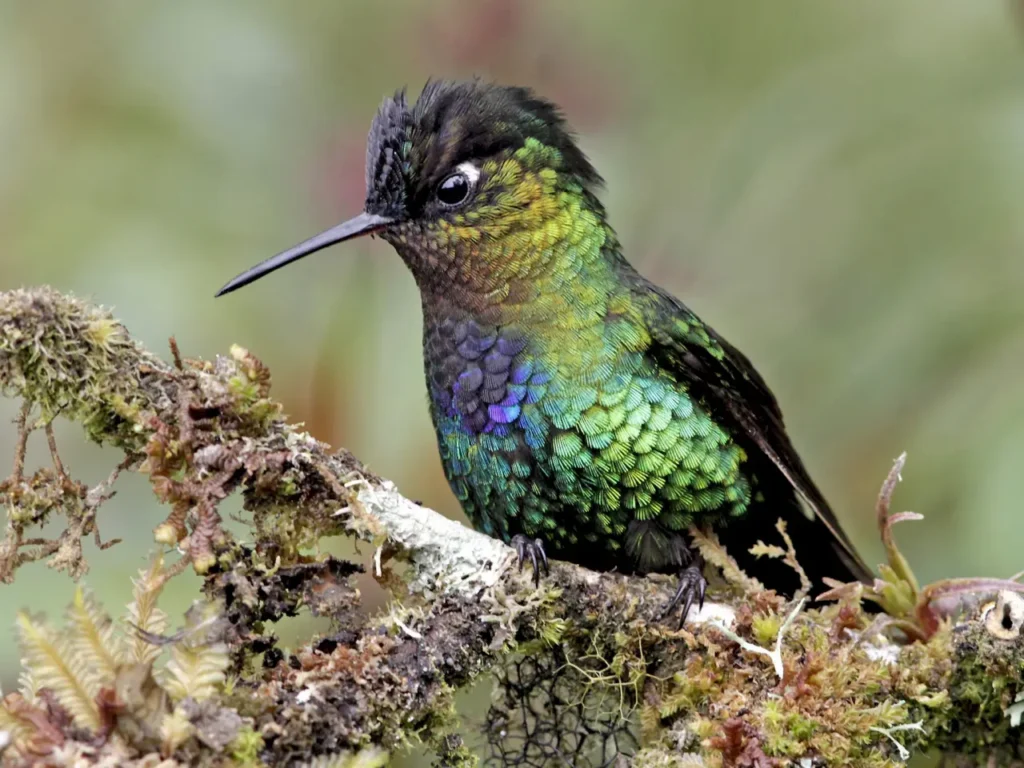
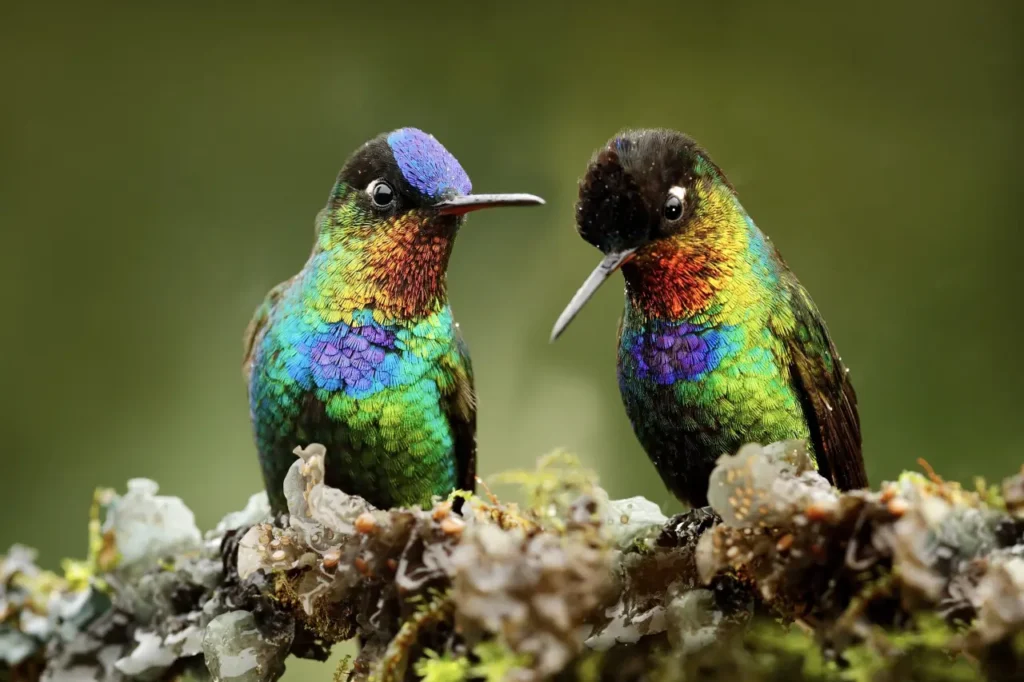
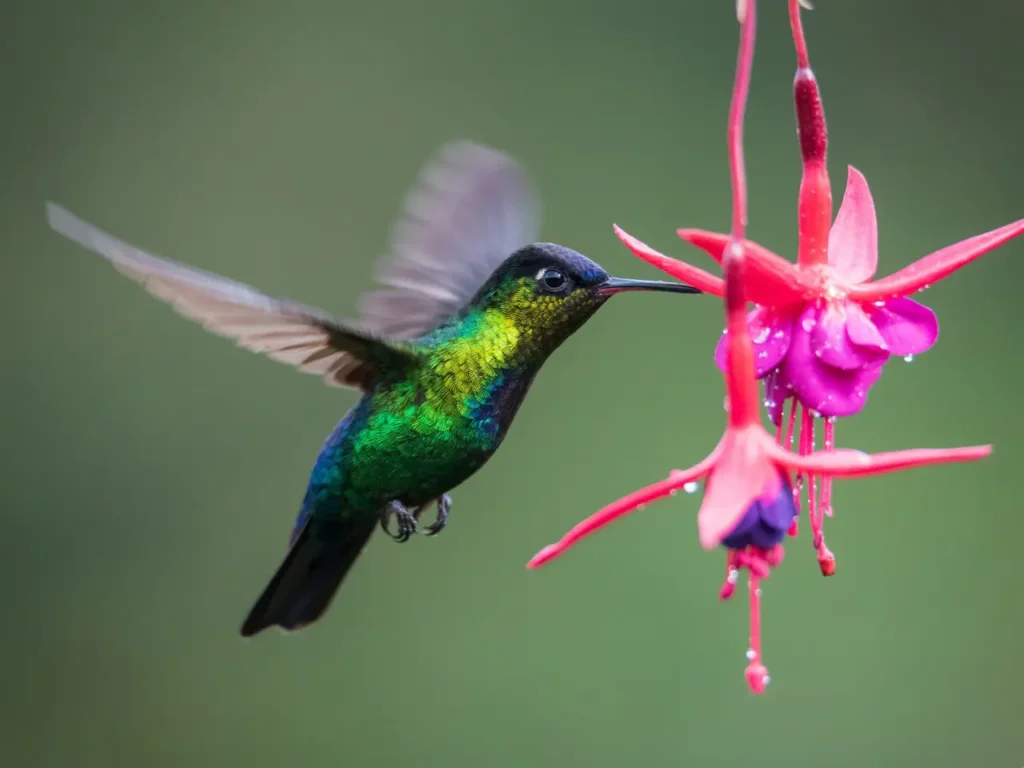
A Flash of Fiery Brilliance
Scientifically known as Panterpe insignis, the fiery-throated hummingbird is a species native to the cloud forests of Central America, particularly found in countries such as Costa Rica and Panama. Measuring around 10 centimeters in length and weighing just a few grams, this diminutive bird boasts a vivid and iridescent plumage that instantly grabs attention.
Plumage and Striking Features
The name “fiery-throated” aptly describes the bird’s most captivating feature: a brilliant, shimmering throat that ranges in color from iridescent emerald green to vibrant orange or red, depending on the lighting conditions. This striking throat is offset by a dark, metallic blue or green head, contrasting beautifully with its grayish-brown wings and tail feathers.
Aerial Acrobatics and Feeding Habits
As a hummingbird species, the fiery-throated hummingbird is well-known for its remarkable flying abilities. With its rapid wingbeats, estimated at an astonishing 50-60 beats per second, this bird can hover, fly backward, and even remain stationary mid-air, defying the laws of gravity. These aerial skills are essential for accessing the nectar within the deep, tubular flowers it feeds on.
Habitat and Range
The fiery-throated hummingbird thrives in the lush, montane cloud forests of Central America, typically found at elevations between 1,000 and 2,500 meters (3,300-8,200 feet) above sea level. These forests provide the ideal environment with abundant flowering plants that supply the nectar upon which the bird depends. The presence of a diverse range of flowers ensures a consistent food source for this remarkable species.
Courtship and Breeding
During the mating season, the fiery-throated hummingbird males engage in mesmerizing aerial displays to attract females. These courtship displays involve intricate flights, displaying their vibrant throat colors and producing a distinct buzzing sound by their rapid wingbeats. Once paired, the female constructs a small cup-shaped nest using materials such as moss, spider silk, and plant fibers, often camouflaging it with lichen to protect it from predators.
Conservation Status and Threats
While the fiery-throated hummingbird’s population is currently considered stable, it faces potential threats due to habitat loss caused by deforestation and climate change. Efforts are being made to protect its cloud forest habitats and raise awareness about the need for conservation measures to ensure the survival of this magnificent species.
Ecotourism and Appreciation
The fiery-throated hummingbird’s remarkable beauty and unique behaviors have made it a favorite subject for birdwatchers and nature enthusiasts. Many ecotourism destinations in Central America offer opportunities to observe and photograph these birds in their natural habitat, providing an immersive experience and fostering appreciation for the region’s biodiversity.
The fiery-throated hummingbird stands as a testament to the wonders of nature, captivating all who have the privilege of witnessing its vibrant display. With its resplendent plumage, awe-inspiring flight, and critical role as a pollinator, this tiny avian gem serves as a reminder of the intricate beauty and delicate balance found in our natural world. As we celebrate and protect these magnificent creatures, we ensure that future generations can continue to marvel at the fiery-throated hummingbird’s ethereal presence in the cloud forests of Central America.








